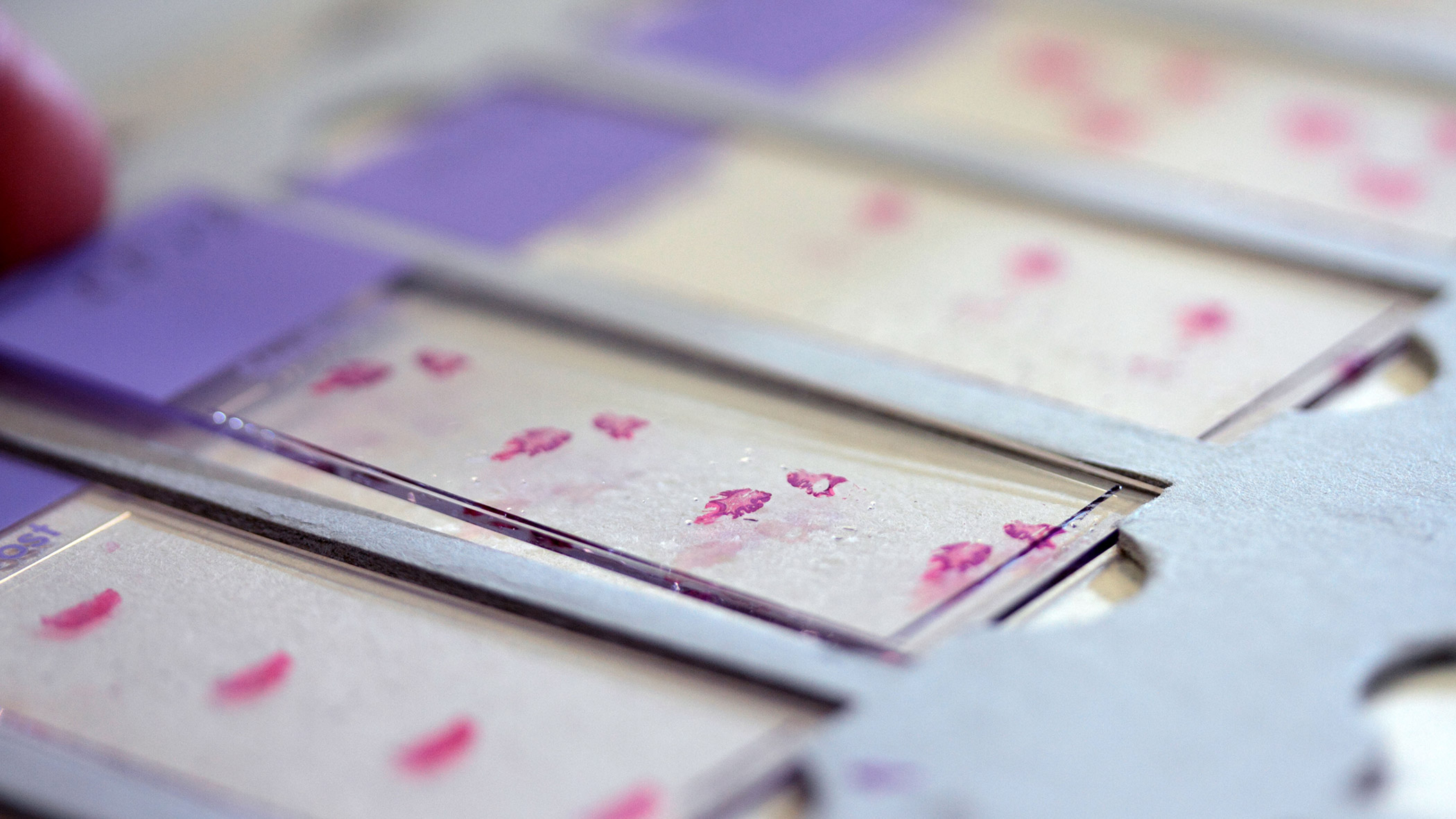
The Ischemic area imaging in the mouse brain
DESCRIPTION
The Ischemic area (IA) is a part of your body where isn't getting enough blood and oxygen.
It can happen just about everywhere in between and you usually get ischemia because of a build-up or blockage in your arteries.
We demonstrate in vivo imaging of the IA in the mouse brain after photostroke using a custom prototype Gaussian‑beam optical coherence tomography (OCT) setup in which the near infrared imaging beam and the green photoinducing light pass through the same objective lens.
The goal of our research was analysis of vascularity of the IA during 2‑week progress.
Also correlating the hypo‑ and hyperreflective OCT scattering areas with the location of activated microglia and astroglia.
Angiogenesis, which was assessed using angiomaps, showed that the area of vessels in the ischemic center increased until day 7.
OCT imaging revealed a heterogeneous scattering signal pattern in the IA.
On structural OCT, we found presence of an area of ischemia with a hyporeflective OCT signal and a halo of hyperreflective signal around the core.
The core signal decreased in size by 70% by day 14.
Immunocytochemistry revealed that the hyporeflective area in the ischemic core was associated with microglia/macrophage activation, whereas the hyperreflective signal from the halo came from activated astrocytes.